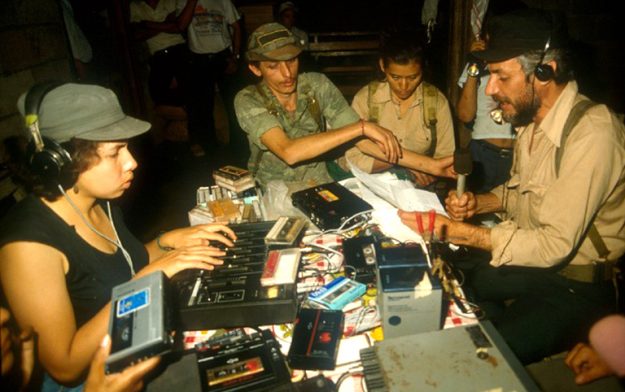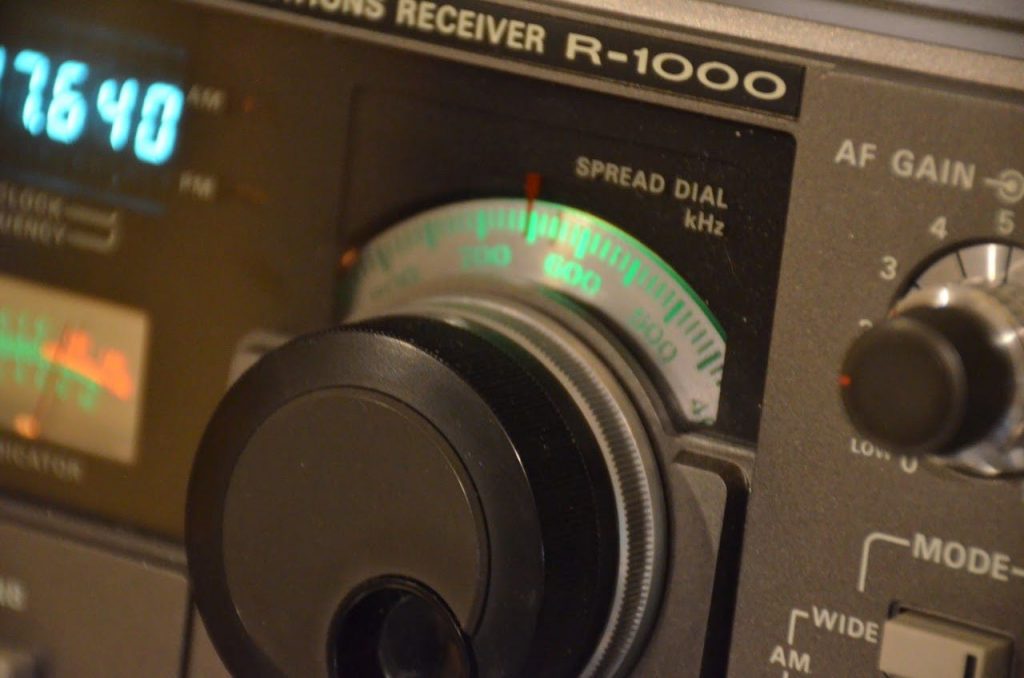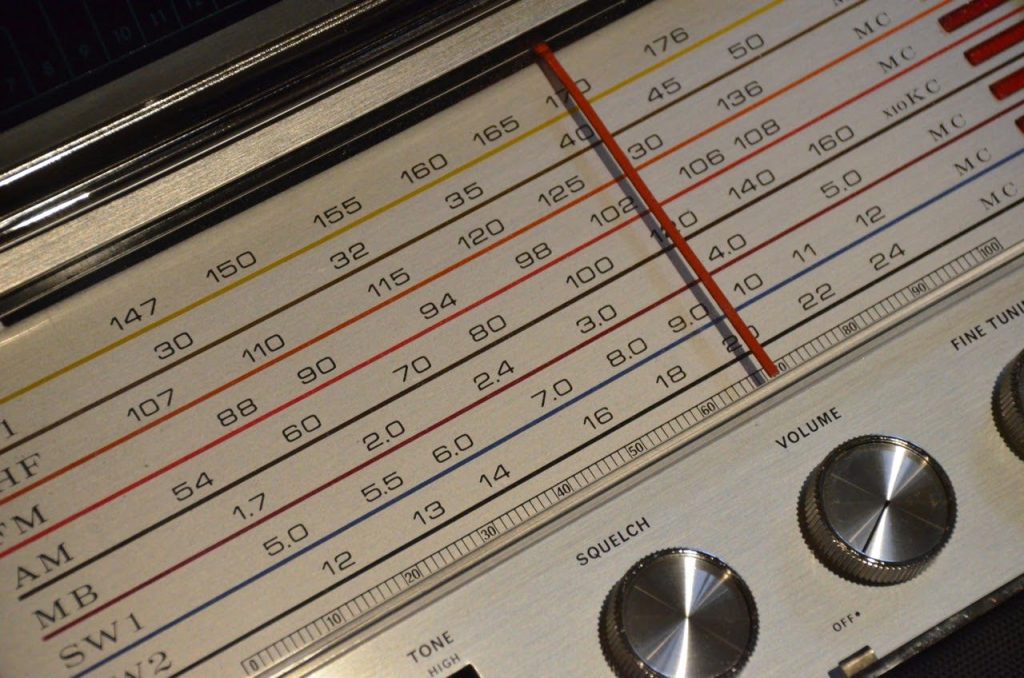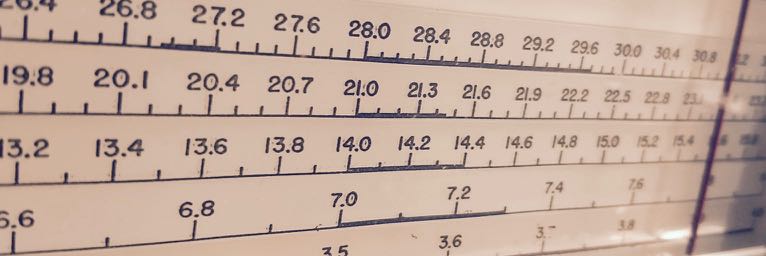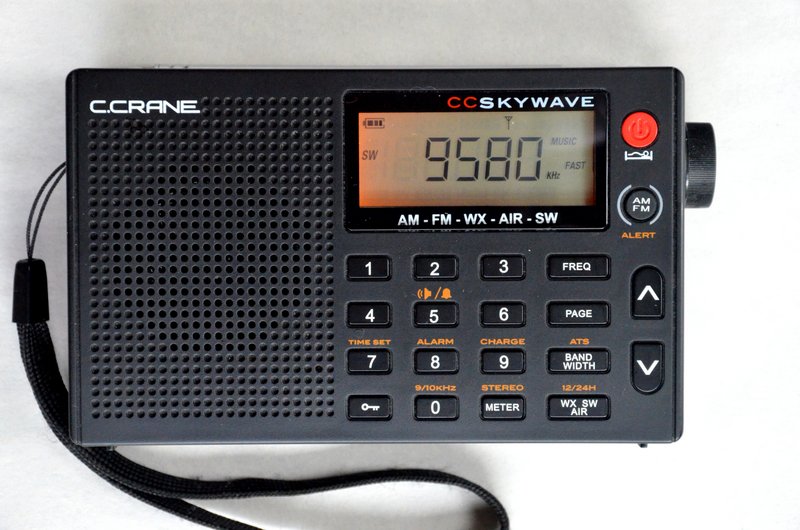Many thanks to SWLing Post contributor, Bruce Atchison, who who shares this short video from the early 1980s showing a glimpse inside Radio Venceremos:
Click here to view on YouTube.
From Wikipedia:
Radio Venceremos (Spanish; in English, “‘We Shall Overcome’ Radio”) was an ‘underground’ radio network of the anti-government Farabundo Martí National Liberation Front (FMLN) during the Salvadoran Civil War. The station “specialized in ideological propaganda, acerbic commentary, and pointed ridicule of the government”. The radio station was founded by Carlos Henríquez Consalvi (Santiago).
Despite the end of the war in 1992, the network continues to broadcast. The war years of the station and its national and international influence were documented in the Spanish-language book Las mil y una historias de radio Venceremos and its English translation, Rebel radio: the story of El Salvador’s Radio Venceremos, by the author José Ignacio López Vigil (translator: Mark Fried), a book recorded by the American Library of Congress. An exhibit honoring Radio Venceremos, including a studio room with original equipment, forms a prominent part of the Museum of the Revolution in Perquín, Morazán, El Salvador.
I also found this film on YouTube (The Radio Venceremos Story) which sheds a little more light on the station. The recording is low-resolution, but the subtitles are legible:
Click here to view on YouTube.
Have any DXers logged and confirmed Radio Venceremos? Please comment!

